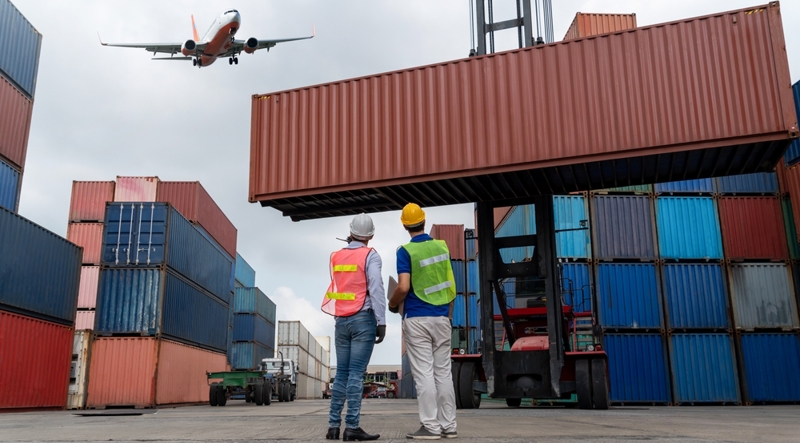Key Takeaways
|
An executive order signed by Donald Trump delayed the “reciprocal” tariff deadline to August 1, allowing more time for various countries to make deals to negotiate rates down and form an agreement with the United States.
With the announcement, the White House has stated that new blanket rates on all goods imported from certain markets would incorporate existing duties on certain sectors, rather than being tariffed twice.
Delay allows more time for new agreements
The delayed deadline signals a willingness from the administration to broker the best deals rather than continuing to add new tariffs, which would impose an additional burden and cost on business owners. However, countries that do not come to the table could face additional tariffs, and any country that decides to place additional tariffs on U.S. exports would see their tariffs matched by the same amount.
New countries added to tariff list
Along with the executive order, President Trump announced new U.S. tariff rates for various countries via letters posted to social media that would take effect as of August 1 if they do not negotiate better trade terms with the U.S., most notably including:
- Japan: 25%
- South Africa: 30%
- South Korea: 25%
The 11 other countries that received letters were:
- Kazakhstan: 25%
- Laos: 40%
- Malaysia: 25%
- Myanmar: 40%
- Tunisia: 25%
- Bosnia and Herzegovina: 30%
- Indonesia: 32%
- Bangladesh: 35%
- Serbia: 35%
- Cambodia: 36%
- Thailand: 36%
Deals brokered during 90-day pause
Initially, officials from the Trump administration believed that they would strike dozens of trade deals prior to the July 9, deadline, and they are hoping that this extension will increase the amount of deals and reduce tariffs.
So far, the U.S. has reached new trade deals with the UK, China, and Vietnam, with the latest being with Vietnam.
The Vietnam deal includes a 20% tariff (down from 46% initially) on all imports into the U.S. and a 40% tariff on items that are transshipped, a method that many believe China had been using to circumvent applicable tariffs. In return, the U.S. will be able to export items to Vietnam with zero tariffs.
Planning and staying ahead of tariffs
The implementation of these tariffs has created significant administrative challenges and costs for U.S. business owners, and new developments only add to the confusion. Our industry-experienced professionals can assist businesses that may be exposed to these tariffs with planning and reviewing sourcing. Fill out the form on this page to speak with a member of our team.
Visit our Tariff Resource Center for timely updates on relevant tariff news.
Have a Question?
Complete this form to ask our professionals a question.
By submitting this form, you agree to be contacted by UHY.



